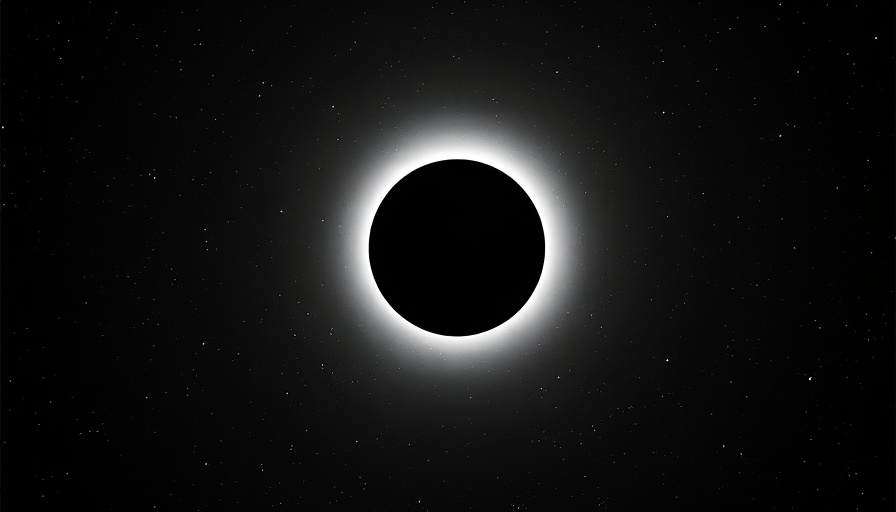
Is There a Massive Planet Nine Lurking in Our Solar System?
Recent discussions in the astronomical community have reignited interest in the possibility of a massive, undiscovered planet, often dubbed 'Planet Nine,' lurking at the edge of our solar system. This concept dates back before the discovery of Pluto and has evolved over decades through various scientific theories and observations.
The Origins of the Planet Nine Hypothesis
The conversation around a potential Planet Nine began in earnest following the unexpected orbits of several distant objects in the Kuiper Belt, a region filled with icy bodies beyond Neptune. Astrophysicists Konstantin Batygin and Mike Brown from the California Institute of Technology hypothesized in 2016 that a planet several times the size of Earth could be influencing these orbits through its gravitational pull.
Understanding the Gravitational Influence
To envision the effects of such a planet, one can look at the dynamics between Earth and its moon. While the moon orbits Earth every 27 days, it simultaneously travels around the Sun, creating a spiral path. Similarly, the erratic orbits of distant trans-Neptunian objects could suggest a hidden influential mass exerting gravitational forces from afar.
Mounting Evidence and Continued Skepticism
Though skepticism initially met the Planet Nine theory, accumulating observations have presented compelling evidence. More recent studies suggested that the peculiar orbits of Kuiper Belt objects align more closely with the proposed influence of an unseen planet. As Brown stated in 2024, "I think it is very unlikely that P9 does not exist. There are currently no other explanations for the effects that we see."
Notably, the discovery of the dwarf planet 2017 OF201 in 2018, which orbits the Sun in an elliptical pattern inconsistent with solar gravitational influence alone, adds credence to the hypothesis. Scientists speculate that its path might be affected by Planet Nine, further validating the search for this elusive entity.
Challenging the Search: Why Haven't We Found Planet Nine?
Despite the growing amalgamation of evidence, the absence of direct observations raises questions about the current understanding of our solar system. Limitations in available data and the vastness of space make the search daunting. Some astrophysicists argue that much more data is needed to confirm the existence of Planet Nine definitively.
The Future of Planet Nine Research: What Lies Ahead?
As technology advances and telescopes become more sophisticated, the pursuit of finding Planet Nine continues to be a vital focus of research. Future observational campaigns may unlock new insights and significantly deepen our comprehension of the solar system's architecture. The implications of discovering such a planet could transform our understanding of planet formation, gravitational influences, and the dynamic nature of celestial bodies.
Why This Matters to Us
The hunt for Planet Nine is more than a mere curiosity; it represents our unyielding quest for knowledge about the universe. As we decipher cosmic mysteries, we can appreciate the fundamental principles that govern not only our solar system but also the evolution of galaxies and beyond. Every breakthrough, every discovery, fosters a deeper connection to the cosmos, highlighting our place within it.
The search for Planet Nine encourages not only scientific inquiry but also collaborative effort across disciplines, all looking towards the stars. Considering the remote and broad possibilities, there's an entire universe waiting to be explored.
 Add Row
Add Row  Add
Add 




Write A Comment